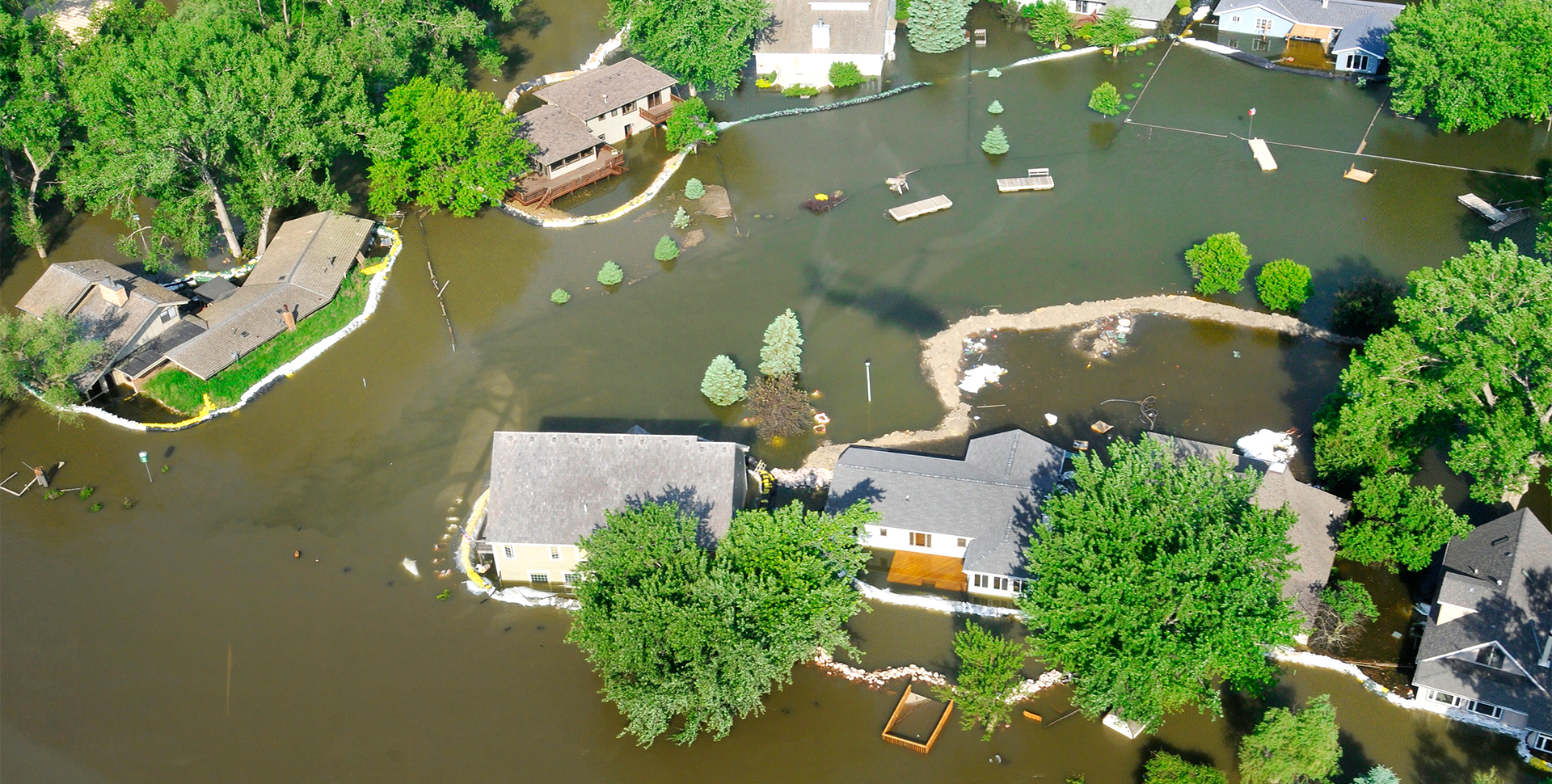Natural catastrophe
Narrowing the flood protection gap in the US




<10%
of US homeowners have flood insurance
Strengthening Jamaica's resilience to natural disasters while financing development projects




USD185m
Natural catastrophe protection for Jamaica
Creating value from risk insights



Helping corporate clients quantify their physical climate risks
Many of Swiss Re’s corporate clients need to assess their exposure to physical climate risks in order to safeguard their long-term business interests and address the questions and concerns of investors, customers, regulators and other stakeholders. Combining our forward-looking climate models for precipitation and sea level rise with flood and storm surge zones, Swiss Re Corporate Solutions launched our Climate Risk Solutions offering in 2021 to help clients quantify their exposure to physical climate risks, supporting their long-term planning and decision-making. This offering includes an in-depth analysis of a customer’s identified peril scenarios, as well as mitigation and risk transfer options
We recently carried out an in-depth climate change impact analysis for a global manufacturer’s flood exposure in the UK. A similar analysis was done for a global food and retail group to inform their required TCFD reporting.